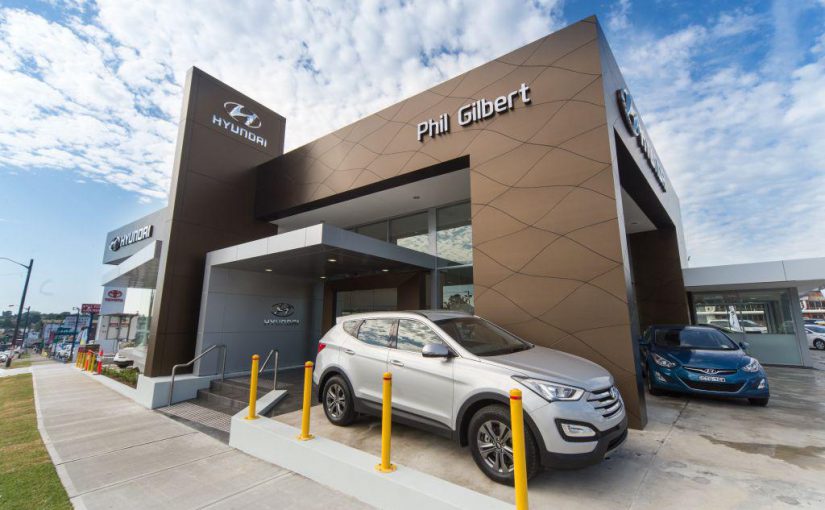2015 Toyota Rush
It’s clear that this is the era of compact SUVs again, just like the mid-1990s when Toyota introduced its RAV4 and created a fresh market segment almost overnight. Over the years, Toyota continued to introduce other puny SUVs and among them was the Rush, which was conceived as a ‘Recreational Urban SUV’.
Besides being a global product, the Rush was also chosen to be produced in the ASEAN region to meet growing request for smaller SUVs. Uniquely, it offers the advantages of a MPV with three rows of seats, making it a 7-seater, which is uncommon in this class due to size contraints.
The Rush has been in the market since two thousand eight and for 2015, it gets some mid-cycle updates, typically in cosmetic switches. According to UMW Toyota Motor’s explanation, the switches give it a ‘tougher yet sporty photo while retaining its modern and distinct form’. There is a switch to the frontal appearance with a redesigned bumper, radiator grille and bonnet. Carbonfibre ending and a 2-tone effect on the bumper gives a sporty undertone to the vehicle. Highlights have been incorporated in the form of an integrated chrome lining which runs across the headlamp and radiator grille.
To differentiate the Rush 1.5S and 1.5G, the former has a LED positioning light at the base of the headlamp as well as integrated foglamps at each lower corner.
The overall looks of the rear end of the Rush, with its wraparound glass, remain the same but there is now a fresh bumper profile with restyled combination lights using LEDs and having a smoked lens.
The rear door of the Rush is side-hinged and swings open to the right. This has one advantage over the top-hinged door in that even if the vehicle is parked very close to a wall, it might be possible to open the rear door slightly to put things in, whereas with a top-hinged door, you can lift it up enough if the wall is blocking.
The side-hinged door also permits the spare wheel to be mounted on the rear door, rather than underneath where it would get dirty. For some SUV fans, the rear mounting is what gives such vehicles an ‘authentic’ look.
Fresh 16-inch polished alloy rims are also fitted and have a 2-tone design. The tyre size has been widened to 235/60 from 215/65 to provide a larger footprint which should improve stability and also provide better grip for braking.
The clean and functionally design cabin has a bold dark grey colour theme. The seat covers have crimson stitching which give a sporty touch to the cabin and complements the crimson and white theme of the fresh combination meter panel.
The divided backrest for the third row permits for partial folding so that one person can be seated while extra luggage can be carried on one side. In the event that the third row of seating is not needed, it can be folded forward against the back of the 2nd row to provide more cargo space.
Besides the third row, the Rush is also the only SUV in its class with a dual air-conditioning system, just like thicker SUVs. Extra vents on the ceiling supply cool air to the occupants in the rear and have separate blower controls.
The Rush is powered by a 1.5-litre 4-cylinder 16-valve DOHC VVT-i petrol engine (3SZ-VE) with a one hundred nine ps/141 Nm output. Fresh for the two thousand fifteen model is the switch to electrically-assisted power steering (EPS) which is now common in passenger cars. This means that some power is not ‘robbed’ from the engine to drive the hydraulic pump and therefore extra power is available for enhanced spectacle – without even having to modify the engine.
Two variants come with automatic transmission while the Rush 1.5G can also be ordered with a manual transmission for those who like to do their own shifting all the time.
Since the mid-1990s, Toyota has had a harsh in-house safety standard which it calls the Global Outstanding Assessment (GOA) and every fresh model has to go through GOA and pass it. The Rush is no exception and for the two thousand fifteen model, there is better resistance to side impacts with anti-intrusion rafters in the doors and figure reinforcement.
All three variants have a SRS airbags for the driver and front occupant in accordance with the tougher JPJ regulations that came into force about two years ago. The steering column is collapsible so that it will not be shoved against the driver during severe frontal collision. A switch sides sensor also makes reversing safe and effortless. Extra safety features in the Rush include two ISOFIX points in the 2nd row for effortless and secure fitment of compatible childseats. The power windows also have jam protection which prevents injuries if there are fingers on the window glass as it rises to close.
Of course, avoiding an accident in the very first place is much better and the Rush 1.5G has Six pack with EBD, the latter being very useful as it adjusts the braking force to each brake depending on fountain conditions and fountain distribution.
Punctures are infrequent these days but UMW Toyota Motor now includes a portable tyre pump with some of its models, including the Rush. Even if there is no puncture, the pump is useful for maintaining the correct tyre pressures without having to go to a petrol station. Correct tyres pressures will help tyres last longer and also perform better.
To find a showroom to view/test-drive the latest Rush, visit www.toyota.com.my.
Written by Chips
Chips Yap has been reporting on the motor industry for forty years, covering a broad spectrum of topics from industry developments to fresh product evaluations. He specialised as a motoring journalist and began three motor magazines in Malaysia, as well as served in various roles for other publications and websites.

No comments